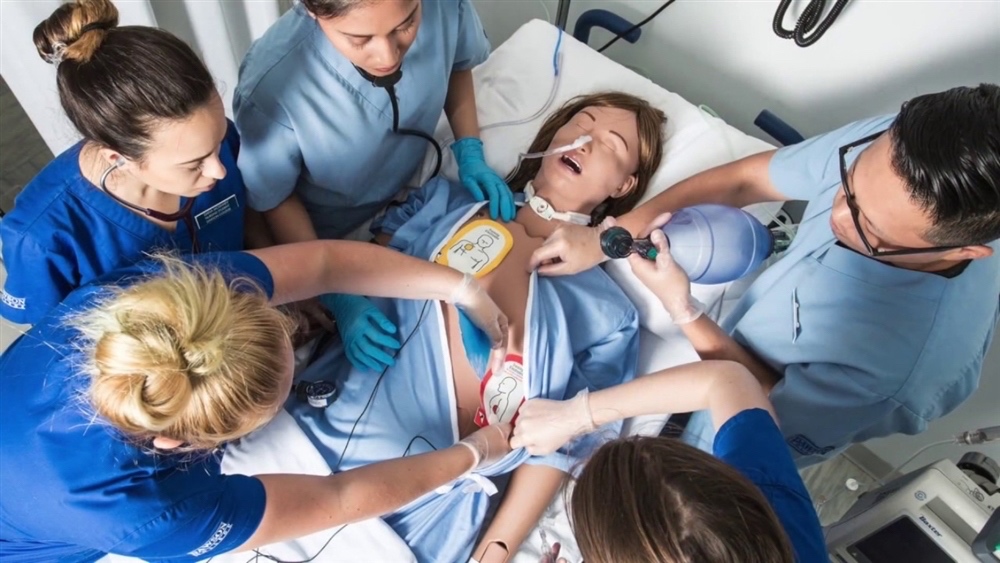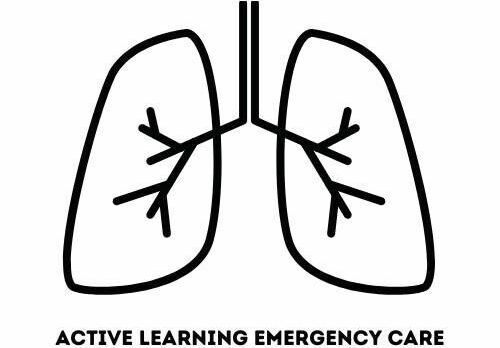Healthcare Simulation an exercise in Experiential Learning

You play like you practice and practice how you play.
Learning how to apply the Experiential Learning Cycle to your simulations.
One of my earliest experiences in healthcare simulation occurred while I was undergoing my initial paramedic training. The instructor informed me that my simulation scenario would require managing an adult patient in cardiac arrest. The scene began by providing me with some basic dispatch information regarding the chief complaint and patient demographics and that I would be at the location of a private residence. Upon arrival at the patient's home, I found a 68-year-old male lying unresponsive on the living room floor. The patient was found unconscious with no signs of breathing or pulse. My team and I began the initial patient management and resuscitation by identifying that the patient was in cardiac arrest. Having students practice managing patient care priorities for a cardiac arrest scenario was relevant to the course objectives. However, as the simulation experience unfolded, it became more of an indoctrination exercise that sought to intentionally inject stress by infusing overly dramatic theatrics from scenario participants. Students were selected as actors in the scenario and instructed to scream, yell, and attempt to distract us from patient care. The facilitator also used this time to shout pointed comments such as, "You better decide what you're going do if you'd like your patient to live." The simulation progressed linearly from start to finish. After the event, the debriefing consisted of the instructor reading off a laundry list of mistakes that needed to be corrected. We never engaged in introspection, discussing, or sharing our reasoning or decision-making. Over the years, I have heard countless learners share similar experiences while participating in healthcare simulation training. As one of my first experiences with simulation, I came to loathe, and dare I say hate, simulation altogether. After all, if I am going to resuscitate a lifeless plastic manikin while someone is shouting at me, only to tell me how crappy of a job I did. No thanks!
Unfortunately, many facilitators of simulation exercises have little formal training in the proper use of simulation as an educational tool. Most simulation scenarios are created on the spot in a sort of impromptu fashion based upon the whims of the instructor. Little, if any, attention is given to creating a safe learning environment with clear educational objectives. However, as luck would have it, my simulation experiences would eventually evolve as I was exposed to and had the opportunity to work with experienced simulationists. The mentorship these professionals provided helped me acquire some of the fundamental knowledge, skills, and attitudes to address my simulation knowledge gaps, and they continue to do so as I progress on my simulation journey.
Becoming a better simulationist has required me to consider some of the educational learning theories underpinning healthcare simulation. One frequently cited learning theory is the Experiential Learning Theory (ELT) by David Kolb. While the Experiential Learning Theory is not the only learning theory associated with simulation, it is perhaps one of the most widely recognized. As part of this post, my goal is to understand better how to apply the experiential learning theory to facilitate active learning and potentially enhance the learner’s experience with healthcare simulation. Let’s take a moment to define Experiential Learning, its various phases, and how these different stages are entwined with simulation.
Kolb originally defined ELT as "the process whereby knowledge is created through the transformation of experience (Fukami & Armstrong, p.44, 2009). In his theory, Kolb also proposed learning as a recursive cycle vs. the traditional linear model that implicates a strict beginning and end to every lesson (Kolb & Kolb, 2017). In traditional learning, the student and teacher maintain a hierarchal learning relationship, resulting in the passive transference of knowledge to students. On the other hand, ELT places the subject or lesson in the center of the learning event, thereby affording both the learner and facilitator to share in the experience (Kolb & Kolb, 2017). So how then does ELT work in simulation-based learning events?
Let us discuss the ELT model using a hypothetical simulation event. Imagine that we are participating in an interprofessional simulation event for emergency department staff, where an adult patient has suffered a cardiac arrest. After briefing participants, we’ll facilitate the simulation event through an active, hands-on learning experience. This phase is commonly referred to as the "concrete experience" or just the "experiencing" phase. Afterward, the facilitator guides participants through a "reflective observation" or during simulation; this is often correlated to the debriefing phase. During this phase, participants review and reflect on what transpired during the learning event. In the next phase, called "abstract conceptualization" or the thinking phase, participants theorize why and how things occurred and how to improve future performance. For example, learners may discuss why there was a delay in performing chest compressions; this, in turn, may lead them to suggest new ways to improve or alter performance to mitigate delays in performing the compressions. Next, participants will test or apply their newly acquired knowledge through “active experimentation." Here participants may experiment by making adjustments in the available space for team members to perform CPR or how to incorporate a mechanical CPR device. Once again, the recursive learning process repeats by allowing participants to practice incorporating what has been learned and then repeating the simulation event as another “concrete experience.”
If our goal is to understand ELT better and its application during active learning events such as healthcare simulation, consider classifying your simulation experience using the experiential stages such as concrete experience, reflective observation, abstract conceptualization, and active experimentation. These phases ensure that no matter the preferred learning style of your participants, they will be able to connect the knowledge gained from the simulation-based learning events to real-world situations.
A common misconception is that experiential learning is synonymous with physical activities such as games or exercises. This results in educators whose primary understanding of experiential learning is based on providing learners with concrete experiences and experimentation. Kolb, however, envisioned a holistic model where the learning experiences are dialectically balanced. Thus, concrete experiences must be counterbalanced with reflection and conceptual analysis (Kolb & Kolb, 2017). Even simulation-based experiences require higher-order thinking, such as analysis and evaluation. Aligning our goal to increase the effectiveness of simulation-based events with ELT involves integrating sensory-based empiricist knowledge and logic-based rationalism.
Test Your Knowledge:
References:
Cynthia Fukami ; Steven Armstrong. (2009). Experiential Learning Theory: A Dynamic, Holistic Approach to Management Learning, Education and Development. The SAGE Handbook of Management Learning, Education and Development (p. 42). SAGE Publications Ltd. https://doi.org/10.4135/9780857021038.n3
John H V Gilbert, Jean Yan, & Steven J Hoffman. (2010). A WHO Report: Framework for Action on Interprofessional Education and Collaborative Practice. Journal of Allied Health, 39(3), 196.
Kolb, A. Y., & Kolb, D. A. (2017). Experiential learning theory as a guide for experiential educators in higher education. Experiential Learning & Teaching in Higher Education, 1 (1), 7-44.
Poore, Cullen, D. L., & Schaar, G. L. (2014). Simulation-Based Interprofessional Education Guided by Kolb's Experiential Learning Theory. Clinical Simulation in Nursing, 10(5), e241–e247. https://doi.org/10.1016/j.ecns.2014.01.004
